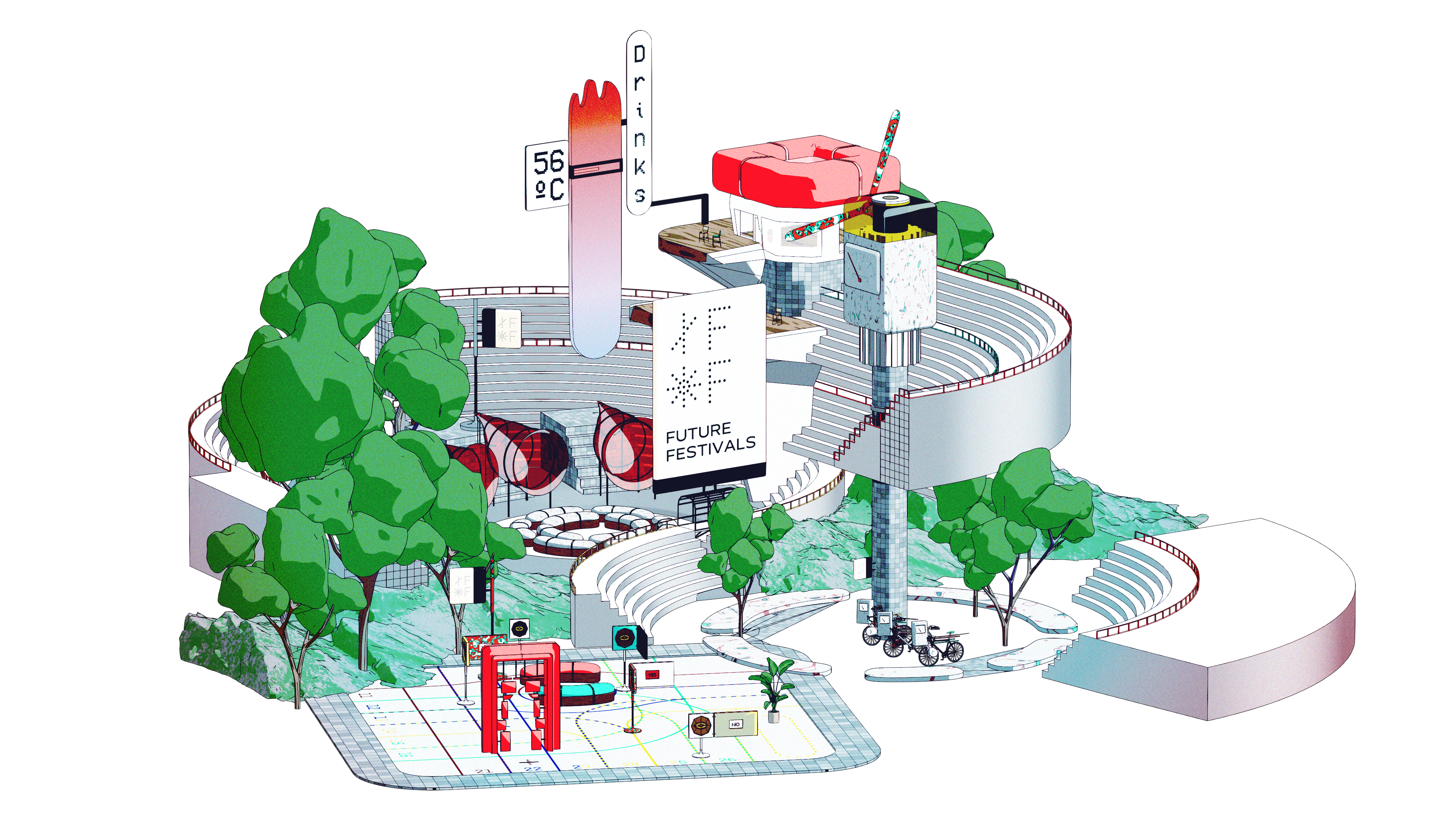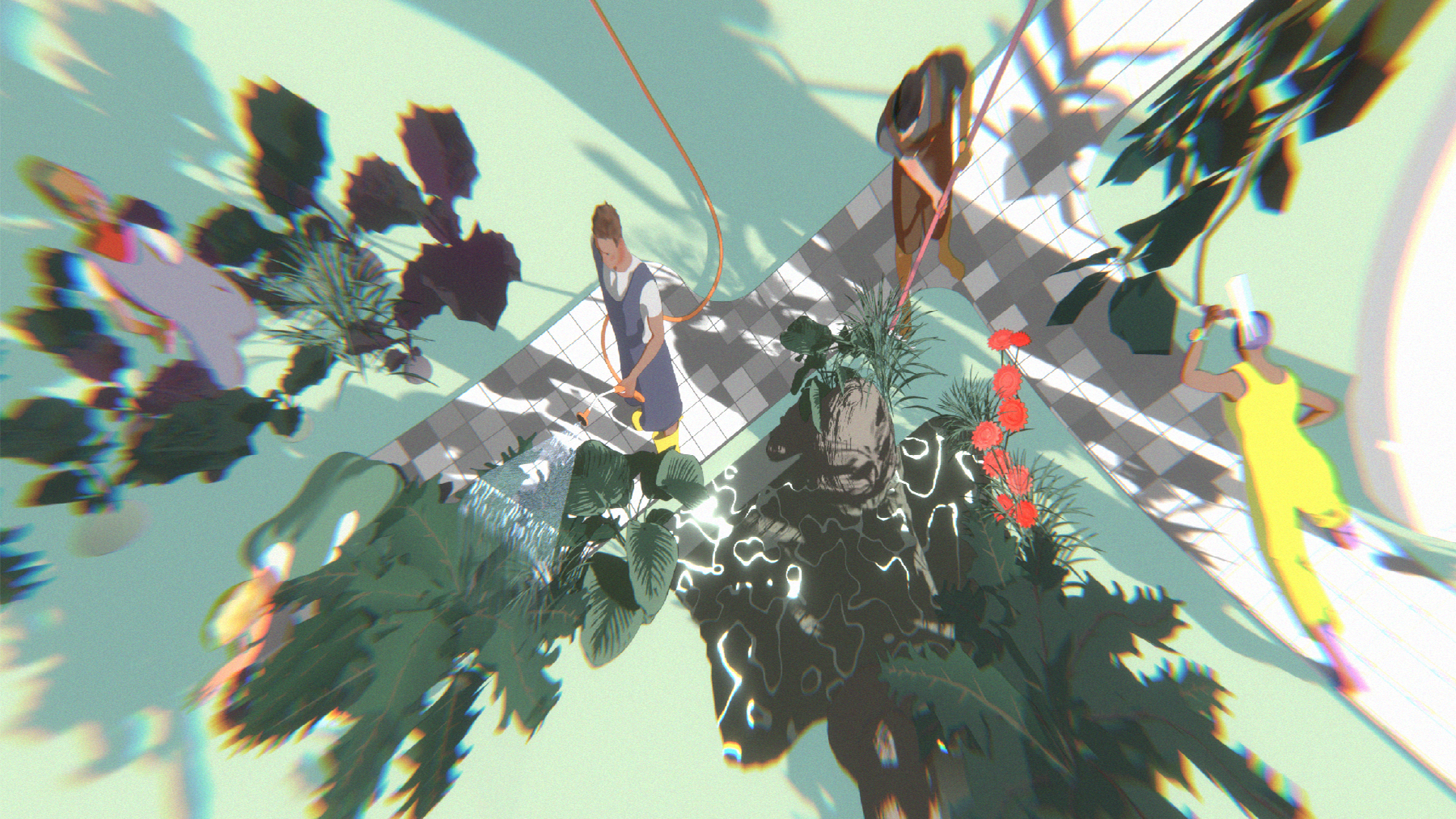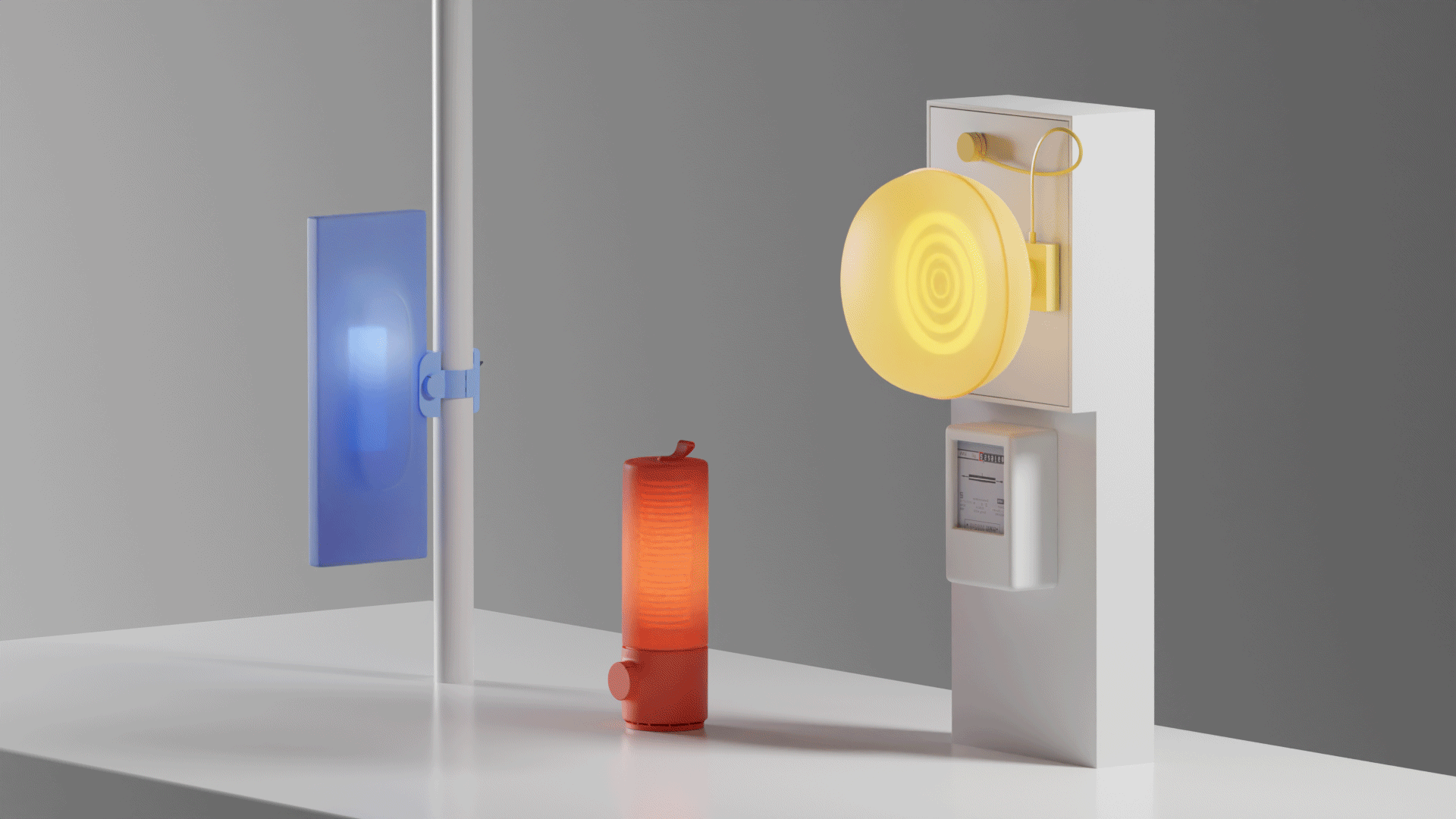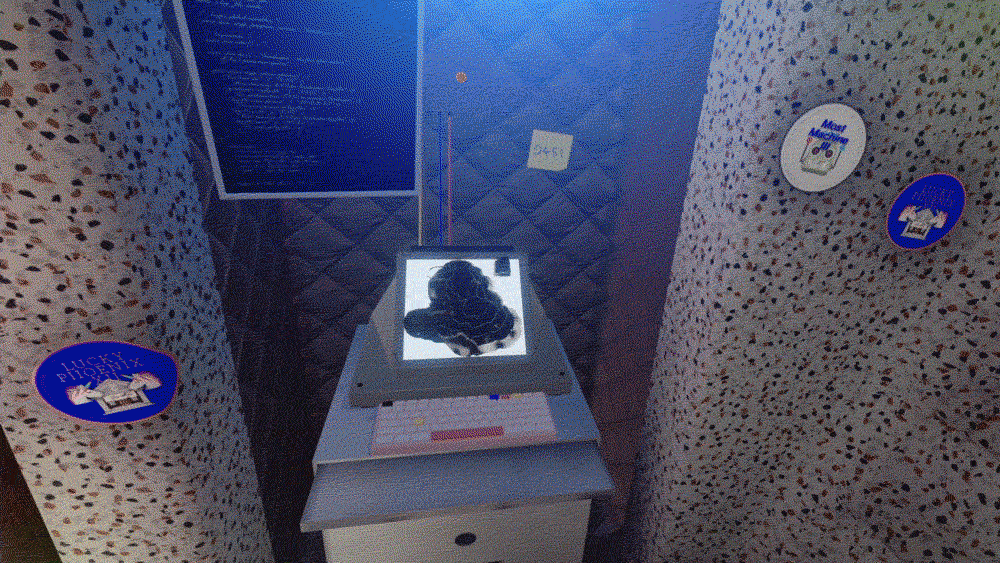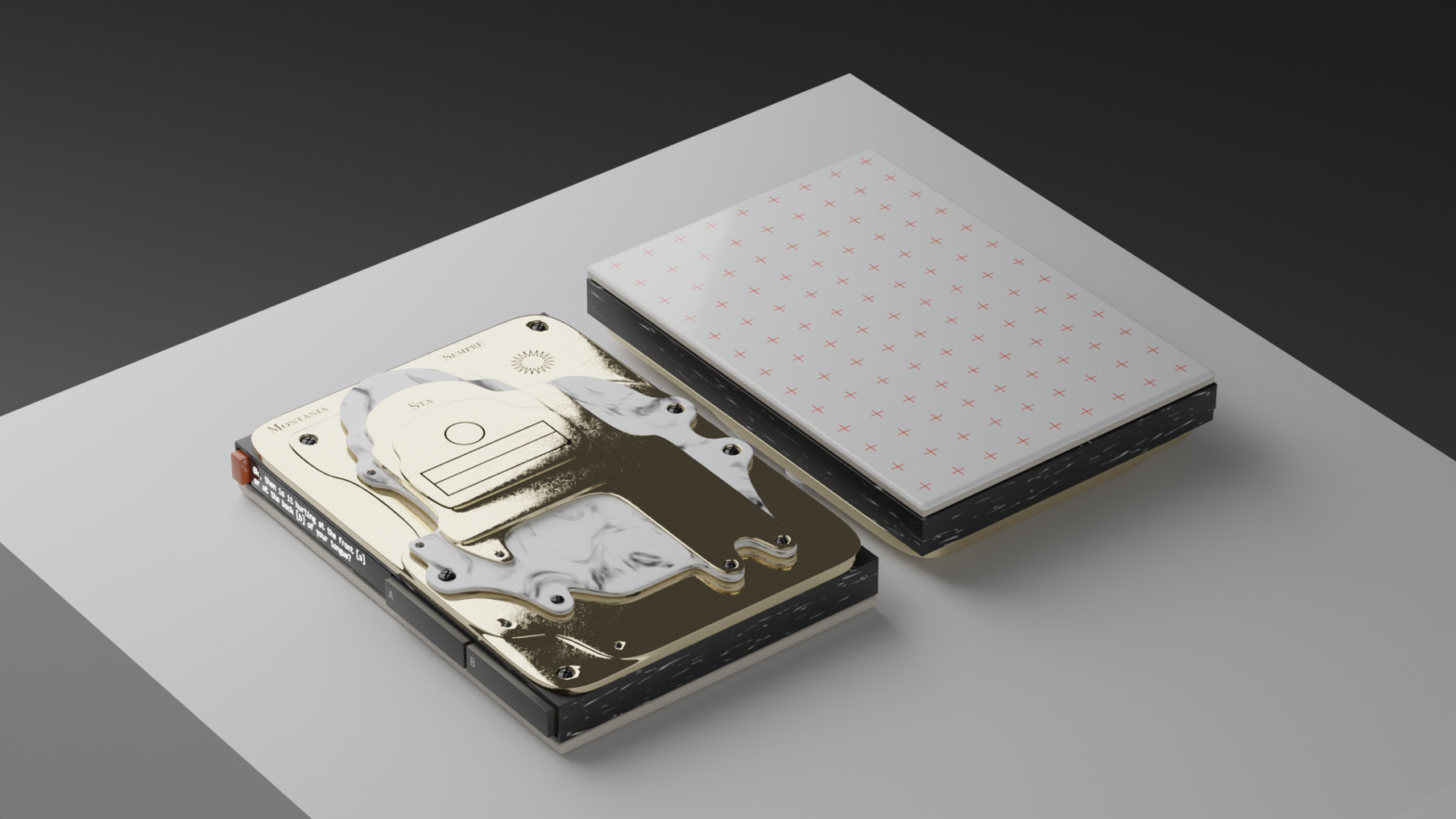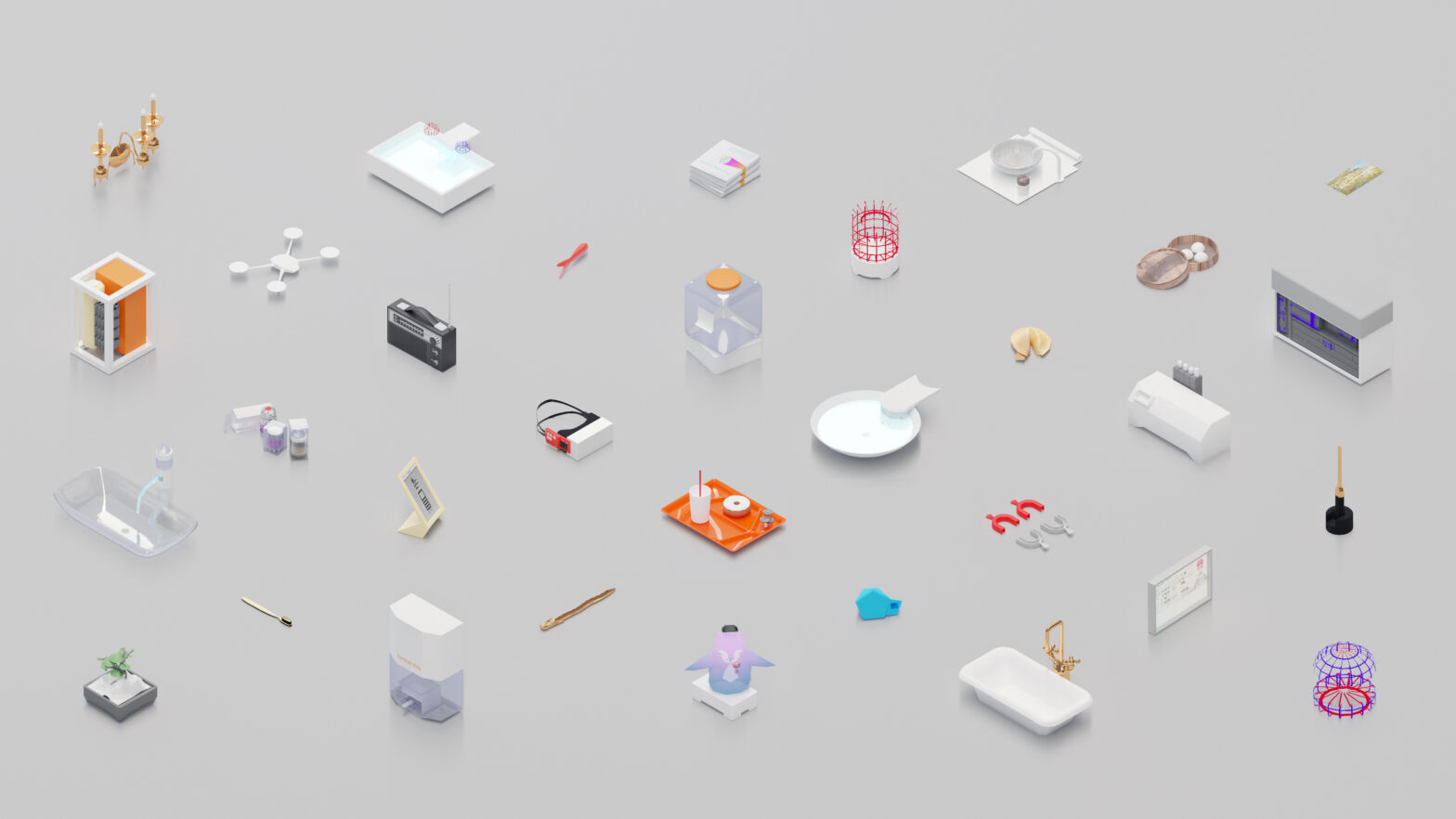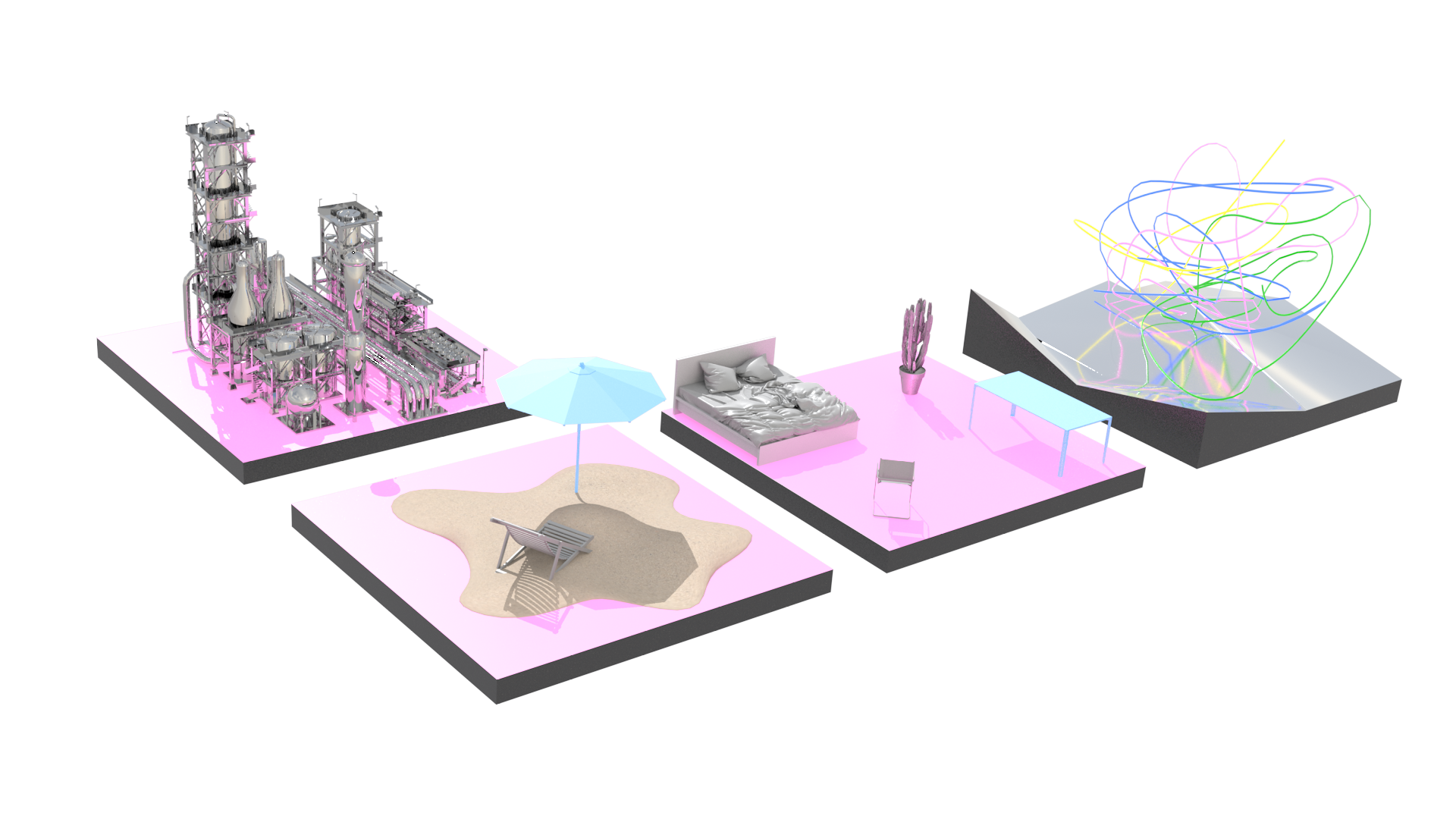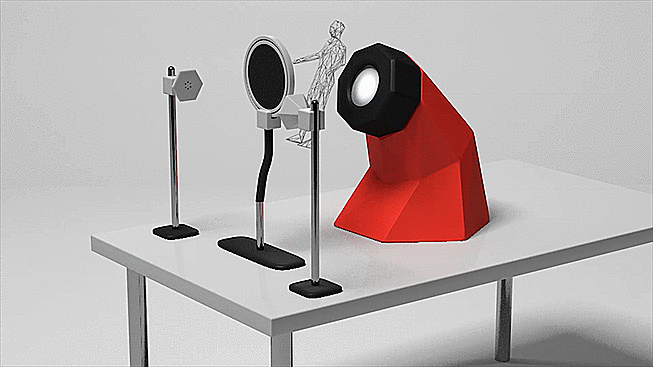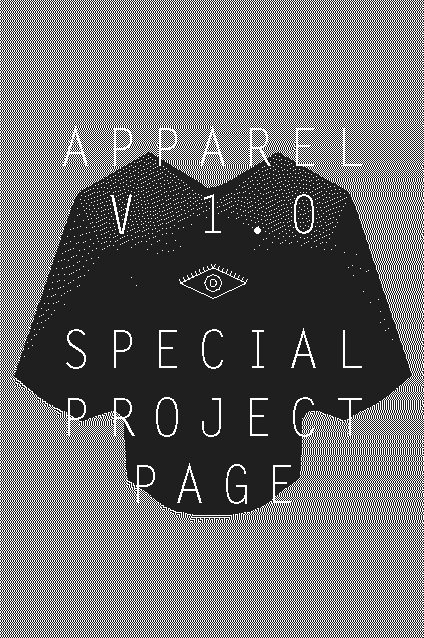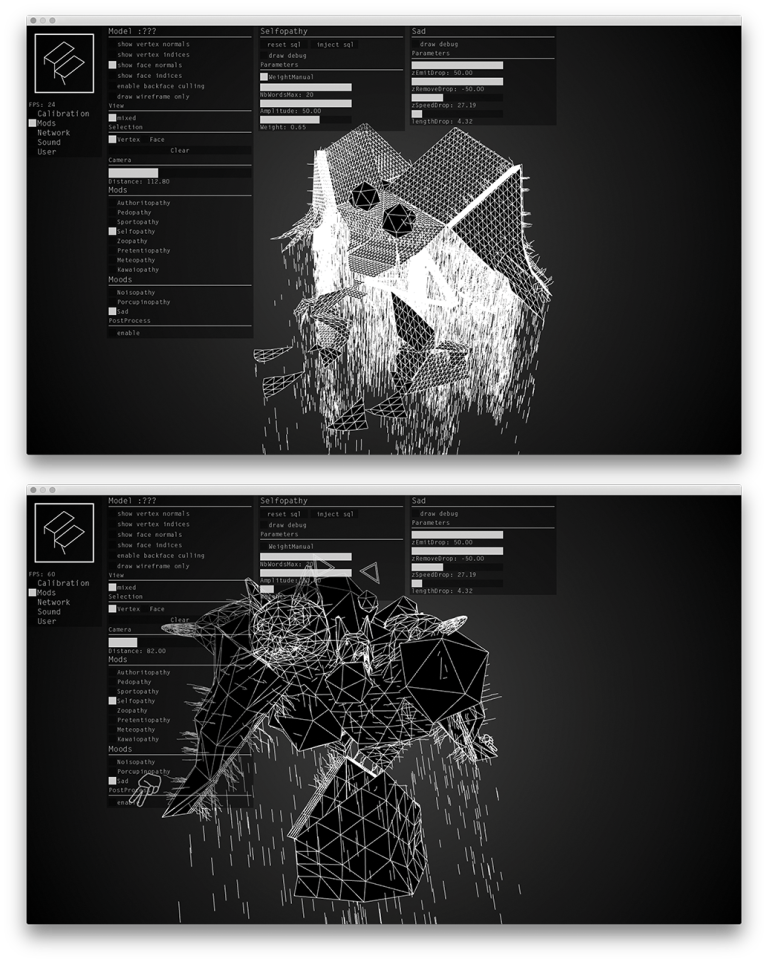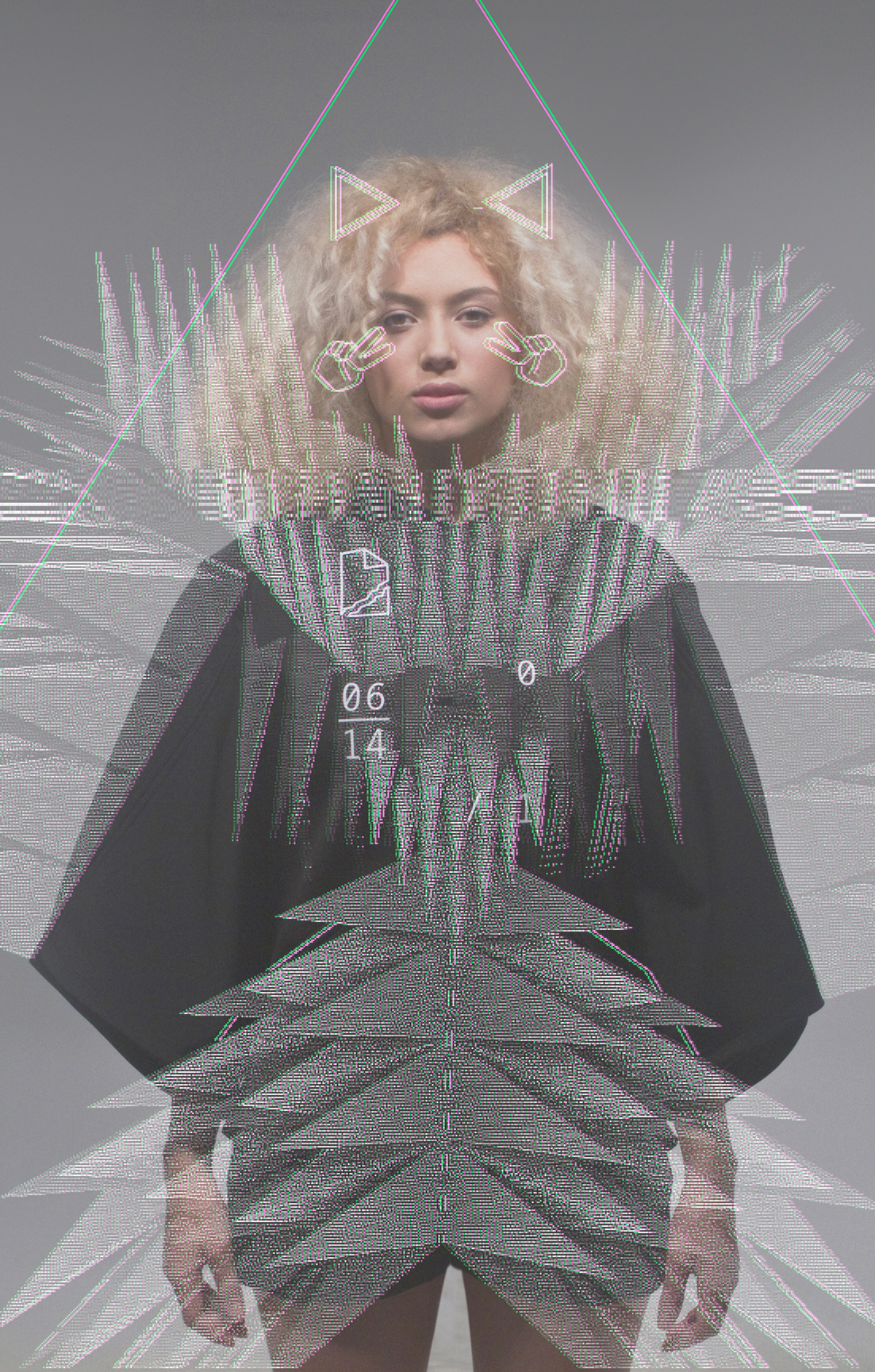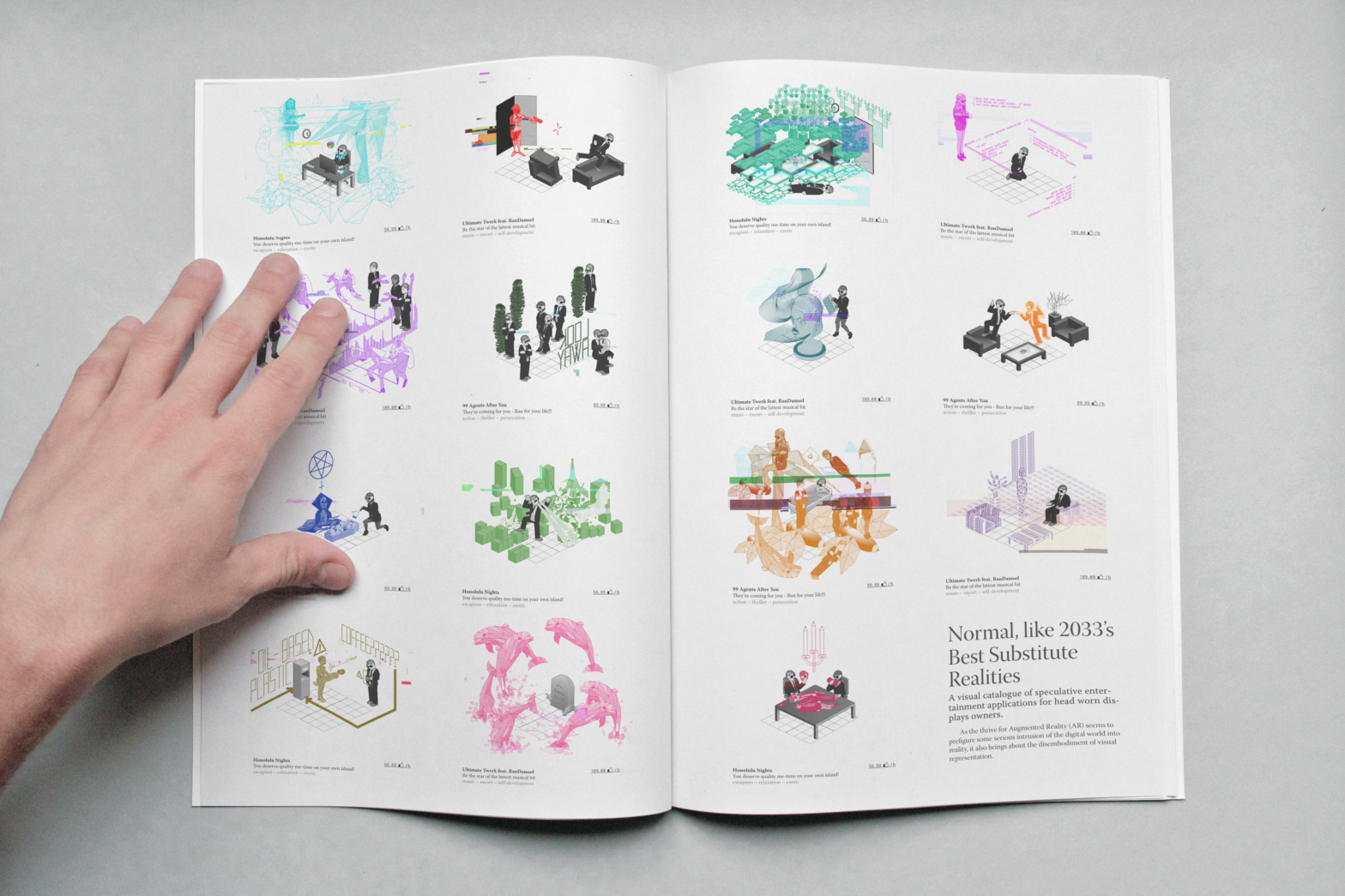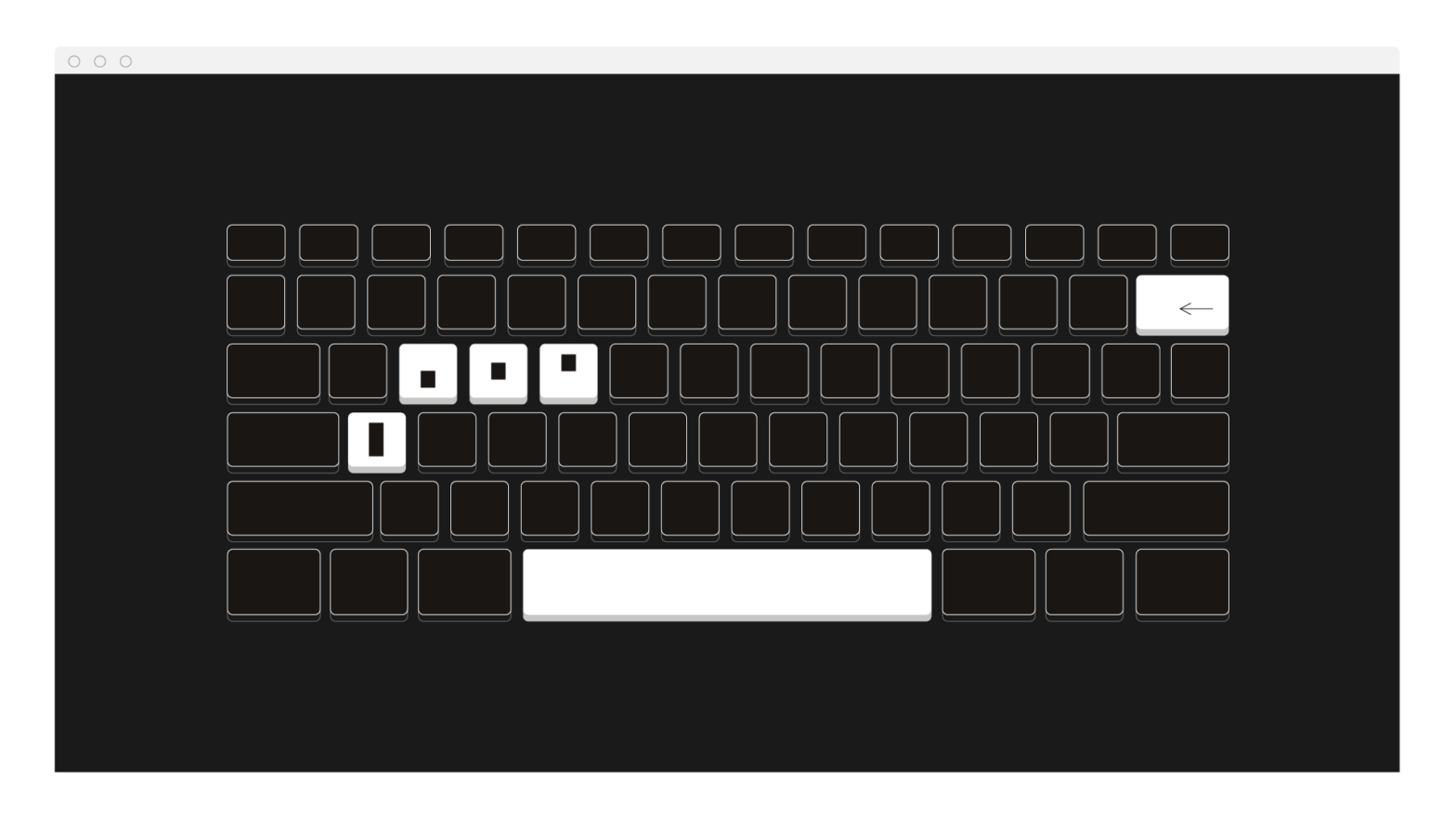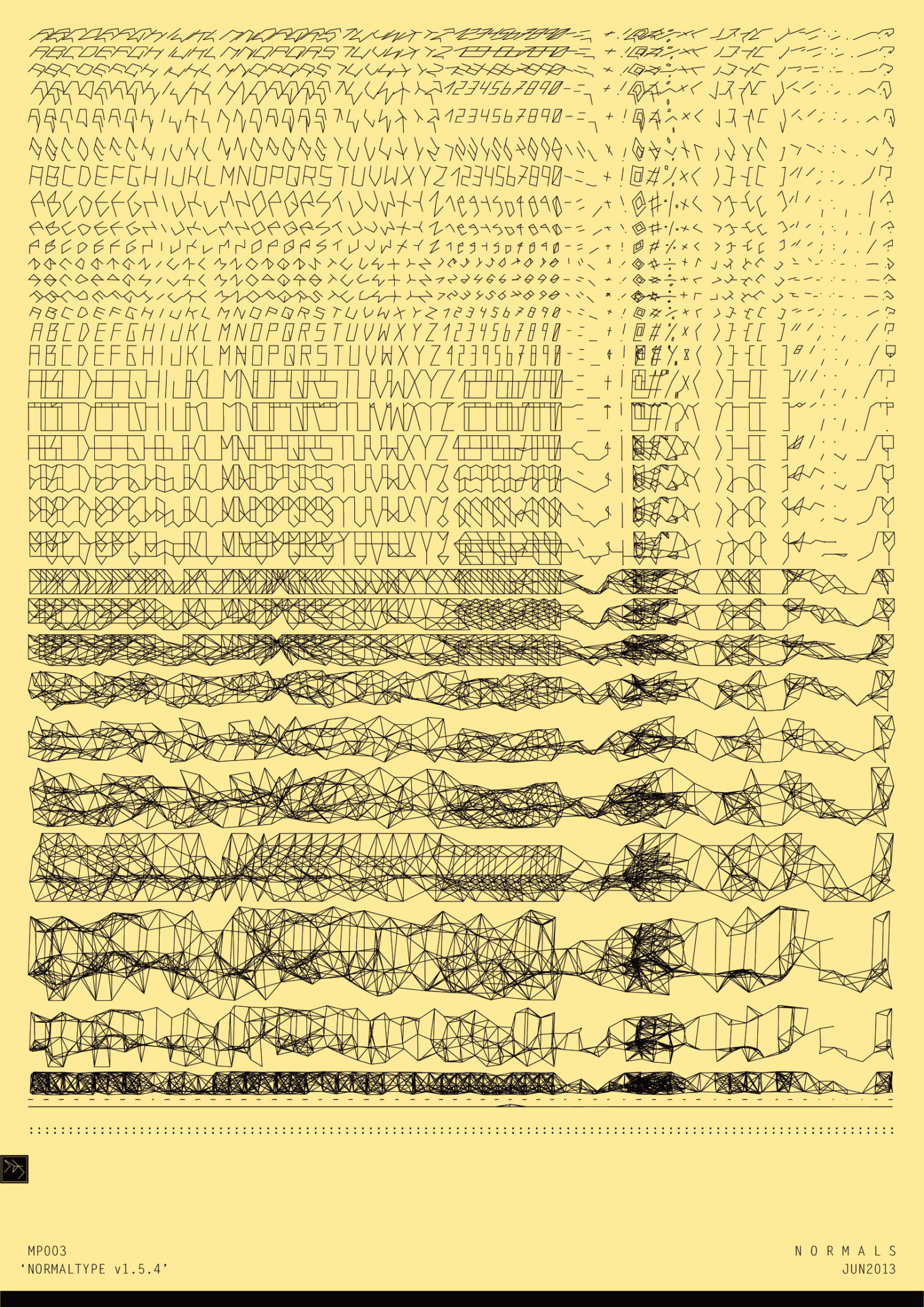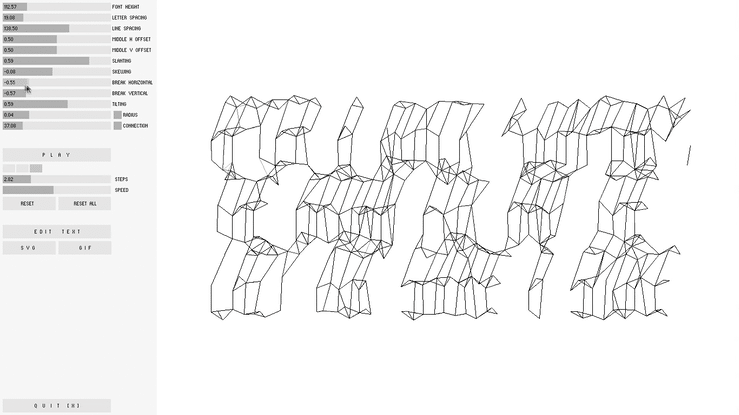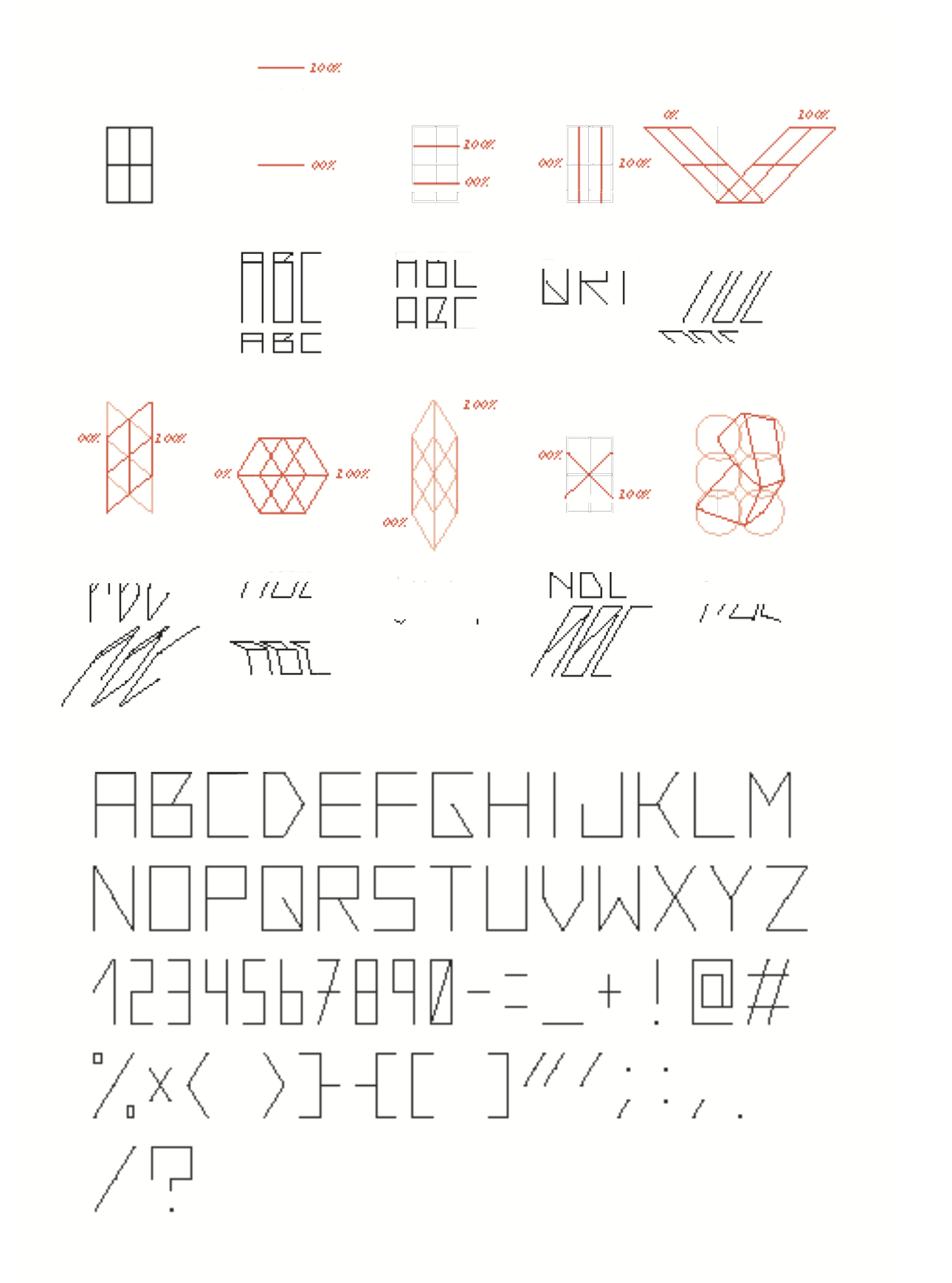The best way to discuss a future is to design it. That is, turn it into something that can be visualized and even prototyped, so that others may look at it, toy with it, and debate it. Depending on who you’re talking to, the process is called Speculative Design, Design Fiction, Designed Futures, and many other more or less obscure labels. The name matters little — what matters are the possibilities it opens up.
To design a chunk of future empowers us to let go of the “what if” and focus on the “now what.” It lets authors and viewers postpone judgement and instead explore consequences further down the line: how it affects its environment on cultural, social, and technological levels. It allows us to learn from imagined futures in the same way that archeologists learn from ancient cultures — their values, belief systems, technologies, or social structures — by unearthing the artifacts they produced. For this reason, we often talk about Reverse Archeology.
There are various ways to make speculative artifacts tangible: functional prototypes, simple user manuals, 3D modeling, illustrations, audio plays, or virtual reality experiences. Regardless of the medium, simplicity is important to not drown the viewer in decorative details — the priority is to make our designed future relatable and challenging.
When creating futures (see Worldbuilding & Mythbuilding), we tend to imagine fictional artifacts as archaeological finds. We often design small but evocative elements as entry points to our fictions. They represent the world’s technology, everyday objects, aesthetic codes, and interfaces, while hinting at broader cultural aspects — belief systems, power structures, collective bias, or even future visions of the future. The artifacts act as the tip of an iceberg: the design of a door handle can tell you everything about the house and its owners.
